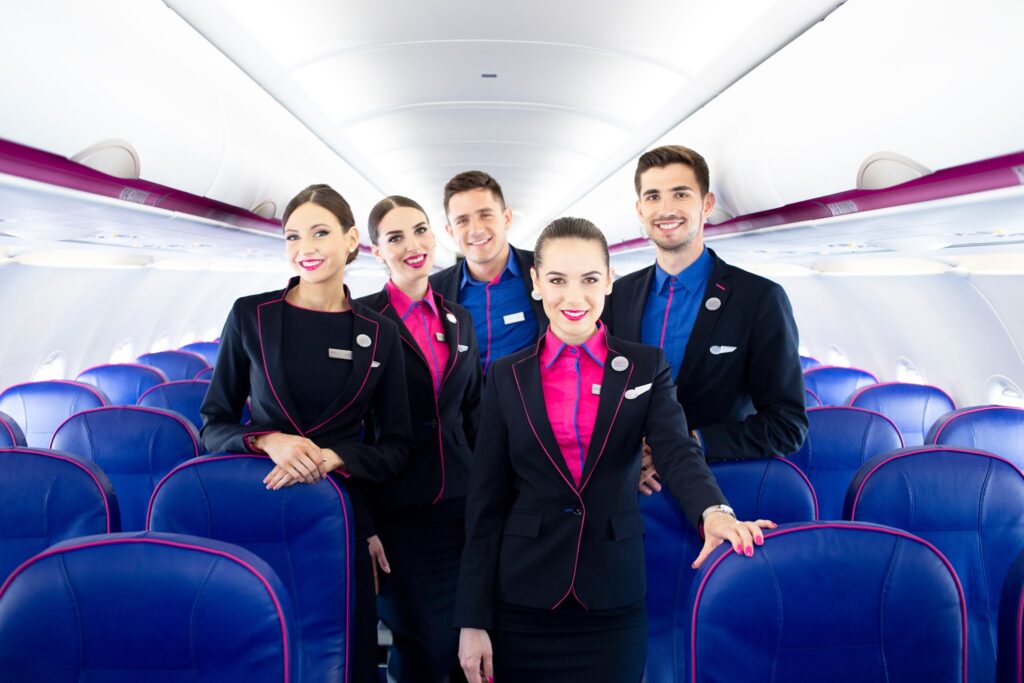

They may also need to attend crew resource management courses.Įmployment outlook is influenced by a wide variety of factors. Depending on their employer, they may need to complete various annual exams. They need to do this often to requalify for their licences. These are done in flight simulators and aircraft. Pilots must complete practice and check flights. This is to keep up to date with facilities, equipment, and procedures. Pilots should be at least 18 years of age prior to taking the test.Īfter they start working, pilots must continue to study operating manuals. This includes a Category 1 Aviation medical. They must meet all Transport Canada requirements. Those interested in commercial pilot training usually need to have a private pilot’s licence. For a list of flight schools in Alberta, please go to the Government of Canada website. Costs for qualified instructors and plane rentals vary. Private flying clubs and post-secondary schools throughout Alberta offer training programs. An advanced-training ground-school course on aviation subjects or related post-secondary education.A Canadian Radio Telephone (Restricted) Licence.The minimum licensing requirement for commercial pilots is: Their vision can also be corrected by refractive (laser) eye surgery. Pilots can have less than 20/20 vision if they have glasses or contact lenses that correct their vision to 20/20. They must be able to show a qualified aviation medical examiner that their health issue is well controlled by standard treatment protocols. This does not mean they have to be in “perfect” health. They must pass the annual Transport Canada physical exam. They should have no physical limitations that could affect the safe handling of an aircraft. See Finding Work with a Criminal Record.Īirline pilots usually are 20 to 35 years of age when they start working with an airline. If you apply to fly only within Canada, a limited criminal record might not stand in your way.

They must also pass a criminal record check. Pilots who fly out of country must hold a current Canadian passport. In Canada, fluency in French can be an asset.Īll pilots must have a Transport Canada Restricted Area (security) pass. A solid understanding of math and physics is beneficial.Įnglish is the international language of aviation, so pilots must be fluent in spoken and written English. As applications to fly with a major airline far outnumber positions, a post-secondary degree or diploma is a definite asset. Pilots should have at least a high school diploma. Pilots’ specific duties vary depending on the type of aircraft and the length and nature of the flight. Monitor transmissions from air traffic control about traffic, clearances, and weather.Calculate and change flight plans as needed, including diverting to alternate airports.Report the aircraft’s position to air traffic control.Reach and maintain the desired altitude.Steer the aircraft to maintain planned routing or any deviations required for weather or traffic.Pilots must focus and make sound decisions as they guide the airplane through takeoff, climb-out, descent, and landing. Inside the cockpit, while the passengers board and ground workers load cargo, the pilots do final checks of: Complete external and internal aircraft inspections.Brief the crew on routine and unique details expected during the flight.

They arrive at the terminal about 1 hour before flight time. The captain and first officer on an airplane, also known as pilot and co-pilot, are both qualified pilots.


 0 kommentar(er)
0 kommentar(er)
